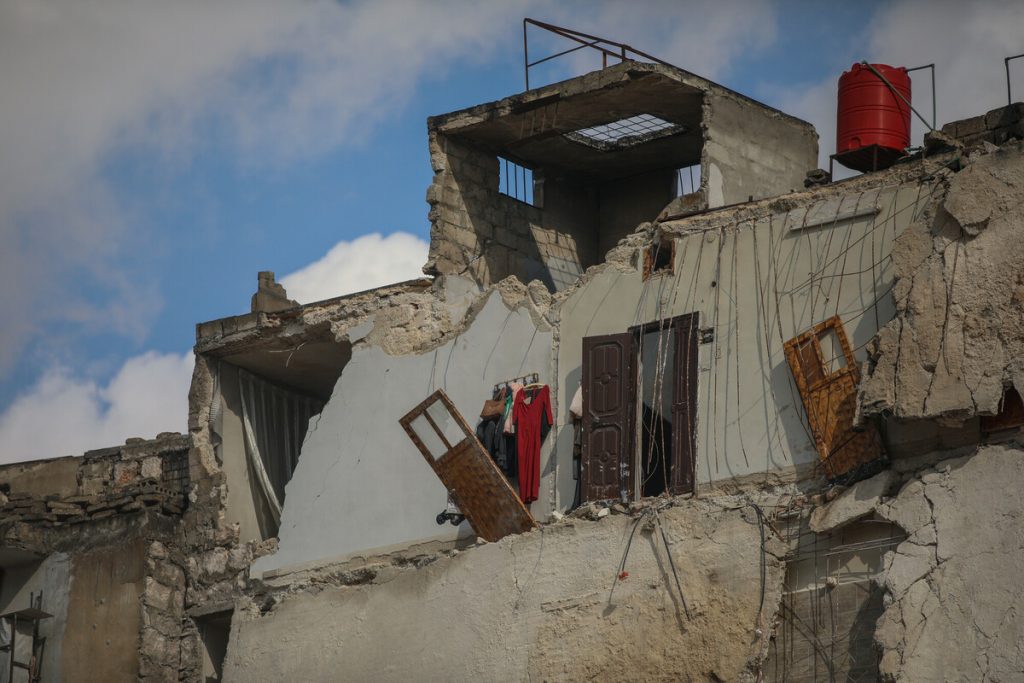Ending Gender-Based Violence in Humanitarian Settings: Let’s Make it Happen
By Julie Lafrenière, Women’s Rights Specialist at Oxfam Canada.
In South Sudan, domestic violence is widespread and largely tolerated. In the all-too-common words of two young women from Warrap State: “we are often beaten. When we make a mistake, we are beaten – and there are so many mistakes.” So when widespread conflict broke out across the country in December 2013, causing hundreds of thousands of people to flee their homes, it was unfortunately not surprising that gender-based violence (GBV) was a major threat for women living in IDP and refugee camps. Yet some aid workers struggled to fully grasp the issue and take action in a timely way, and at times exacerbated the situation by failing to incorporate GBV considerations into the design and delivery of the very services that were meant to protect and save lives. They also missed opportunities to address some of the underlying women’s empowerment and gender equality issues that could have led to lasting change.
South Sudan is by no means an isolated example. When I traveled to Jordan in 2014, the international community was already struggling to deal with the massive influx of refugees, and humanitarians on the ground had real concerns about the rise in violence against women and girls. In the camps, colleagues from a number of organizations described challenges related to protecting women and girls — such as ensuring proper lighting, locks on latrines and safe fuel collection. Although many actors were aware of the risks to women, girls and marginalized groups, they did not systematically include them in the design and implementation of projects. And although they were aware of their sector-specific guidance — such as the Sphere Handbook – they faced huge challenges in incorporating GBV into their programming, both technically (in terms of what to do) and operationally (in terms of how to do it). There was a clear need for a practical tool that would help them prevent GBV in camps and in urban areas. Fortunately, practical and relevant assistance is now available, in the form of new guidelines.
I was in Jordan as one of the authors of the revised Inter Agency Standing Committee (IASC) Guidelines for Integrating Gender-based Violence Interventions in Humanitarian Action (GBV Guidelines). Following a two-year consultative process led by UNICEF and UNFPA, the revised GBV Guidelines were officially launched in September in South Africa. The first version of the Guidelines was published in September 2005. Nearly 10 years later, the humanitarian community has made significant progress come in moving GBV from the side-lines, where it was viewed as a “niche” area of work, to the forefront of humanitarian action. During those 10 years, the UN established a Special Representative focused explicitly on sexual violence in conflict; the Security Council passed critical resolutions promoting a more robust security response to sexual violence; many UN entities and NGOs scaled up their engagement in this area of work; and far more young professionals are choosing to focus their careers on the prevention of GBV and Violence against Women and Girls (VAWG).
These revised Guidelines are a practical, field-tested tool for humanitarian actors and crisis-affected communities. An important contribution of the Guidelines is that they show that all humanitarian actors have a role to play in preventing GBV, whether a water engineer or a food security specialist. Specifically, they target actors working in 13 sectors, including Education, the theme of this year’s 16 Days of Activism. In many humanitarian settings, attending school can be a risky endeavor. The erosion of standard protection mechanisms in humanitarian emergencies means that students and education personnel — particularly females — often face an increased risk of sexual harassment, sexual assault or abduction while travelling to and from school. There are also significant risks in schools: lack of supervisory staff increases the risk of bullying, sexual harassment and assault occurring on school grounds by peers as well as teachers and other adults. The Gender-based Violence Guidelines make a number of practical recommendations for designing and implementing education interventions that reduce or minimize risk to women and girls including, for example, considering alternative, informal, or non-traditional approaches and ensuring that locations and times of programmes meet the needs of women and adolescent girls who have domestic and family-related responsibilities.
As the 16 Days of Activism get underway in 2015, I am reflecting back on my time in Jordan and other humanitarian settings – and seeing the opportunity that the new Guidelines afford all of us to treat gender-based violence prevention and response as a life-saving priority right from the start of humanitarian crises – across all sectors. Let’s make it happen.
Oxfam was actively engaged in the drafting of the Guidelines and is supporting their roll-out and implementation. Ending GBV and VAWG is critical to Oxfam’s mission of addressing the root causes of poverty and suffering. Special thanks to Ann Witteveen, Manager, Humanitarian Unit at Oxfam Canada for her inputs into this post.

